1. The Crown-of-Thorns Starfish: A Giant of the Sea
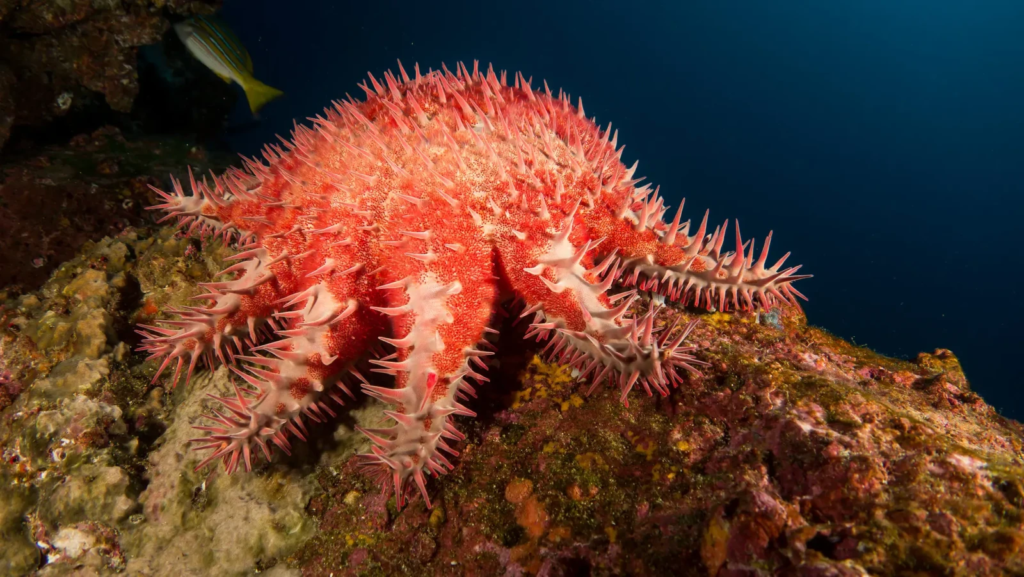
Animalia
The Crown-of-Thorns starfish (COTS) is one of the largest starfish species, with spiny arms that can span over 2 feet in diameter. Despite its size and intimidating appearance, this marine marvel plays an essential role in coral reef ecosystems. Unfortunately, its population has been under threat, not from predators, but from an imbalance caused by human activity. Saving the Crown-of-Thorns starfish is more than just protecting a species; it’s about preserving the delicate balance of underwater life. These starfish serve as regulators in their ecosystems, but their populations can become problematic if unchecked. Addressing this issue means understanding both the ecological importance of COTS and the factors driving their overpopulation. In doing so, we can create a healthier future for coral reefs and the marine life they support.
2. A Double-Edged Sword for Coral Reefs
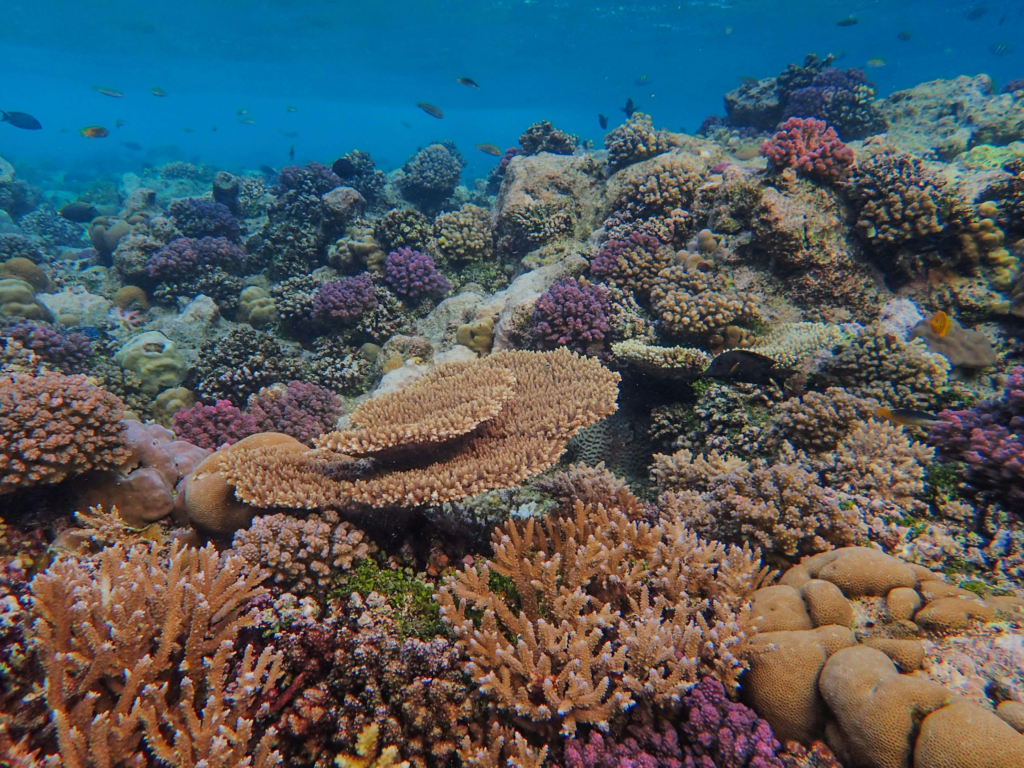
Pexels
While Crown-of-Thorns starfish are essential for coral reef health by keeping faster-growing coral species in check, overpopulation turns them into reef destroyers. These starfish can decimate coral reefs when their numbers explode, leaving barren underwater landscapes. Striking the right balance is key, but it’s easier said than done, especially as environmental changes exacerbate the problem. Coral reefs rely on this balance to maintain biodiversity, and COTS play a vital part when their populations are controlled. However, outbreaks caused by pollution and other human activities make this balance fragile. Conservation efforts aimed at mitigating outbreaks are crucial, as they protect not only the reefs but also the countless species that call them home. Addressing the Crown-of-Thorns issue requires careful, science-driven interventions to restore harmony in these underwater ecosystems.
3. Pollution’s Role in Starfish Blooms
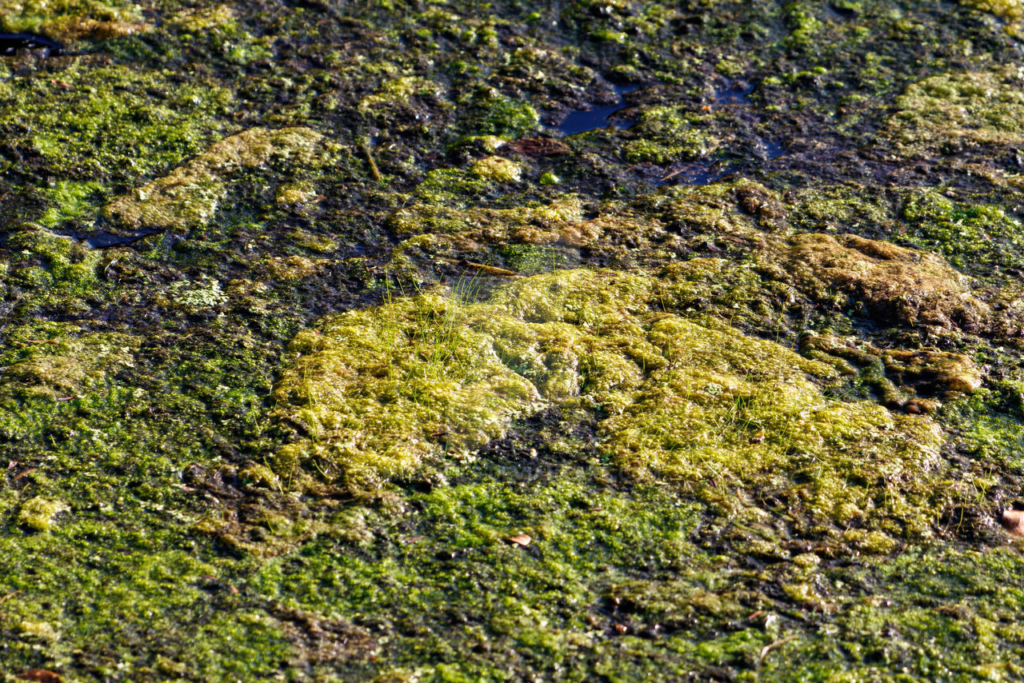
DeviantArt
Human-caused pollution, particularly agricultural runoff, fuels algae blooms that serve as a feast for Crown-of-Thorns larvae. This abundance of food boosts their survival rates, leading to population explosions. Cleaning up waterways and controlling pollution isn’t just about helping starfish—it’s about protecting the reefs they depend on and preventing environmental chain reactions. Algae blooms not only benefit the larvae but also disrupt coral health, creating a domino effect of destruction. By addressing runoff and improving water quality, we can reduce the frequency and severity of starfish outbreaks. These efforts require collaboration between governments, industries, and communities to implement effective solutions. Protecting marine ecosystems from pollution benefits all inhabitants, from the smallest algae to the largest predators, creating a more stable and thriving underwater world.
4. Coral Reefs on the Brink
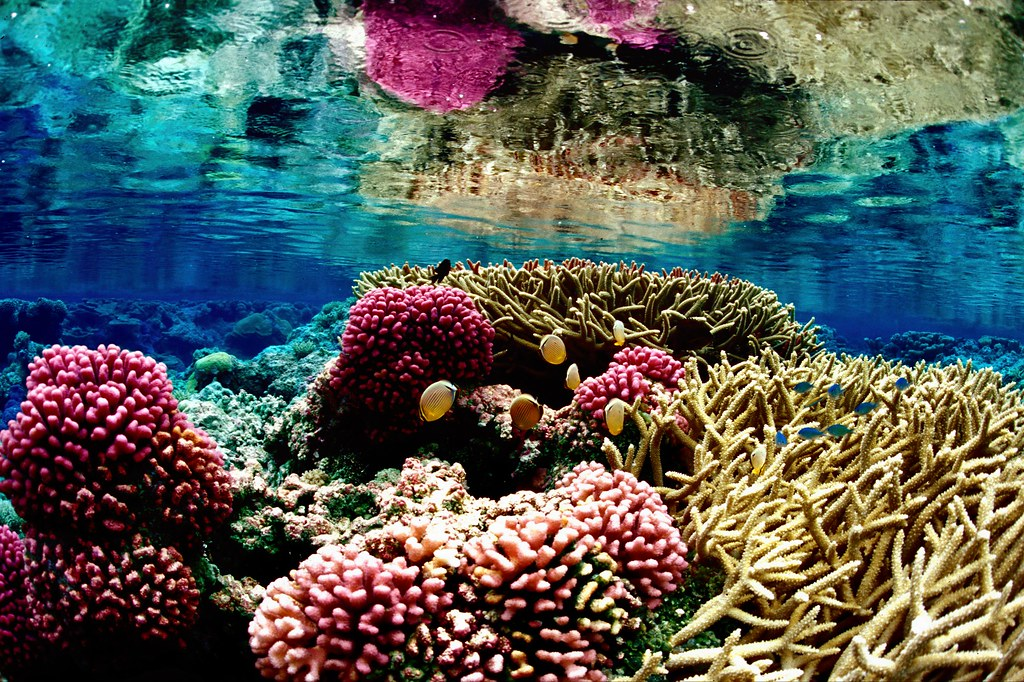
Flickr
Coral reefs, home to countless marine species, are already under siege from warming waters, overfishing, and pollution. Adding overpopulated Crown-of-Thorns starfish to the mix creates a perfect storm of destruction. Saving these starfish doesn’t mean letting them run wild; it means addressing the root causes of their population booms and finding ways to restore balance. Reefs serve as critical habitats for thousands of species, and their decline impacts global biodiversity. Efforts to protect reefs often include restoring their natural defenders, like healthy fish populations and predator species. Tackling the Crown-of-Thorns issue is just one part of a larger fight to preserve coral reefs, but it’s a vital one. By acting now, we can ensure these underwater rainforests continue to thrive for future generations.
5. Unique Predators at Risk
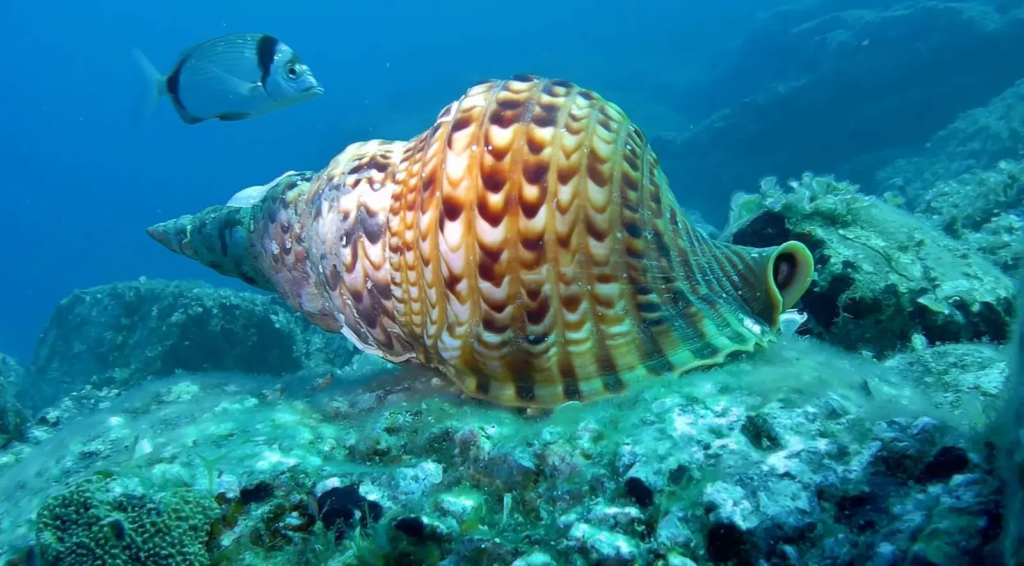
Animalia
Few creatures dare to eat the venomous, spiny Crown-of-Thorns starfish. However, certain predators, like the giant triton snail, have evolved to handle this prickly prey. Sadly, overfishing and habitat destruction have pushed many of these predators to the brink of extinction. Protecting these natural checks and balances is vital for controlling starfish populations. Predators like the triton snail play a crucial role in preventing COTS outbreaks by keeping their numbers in check. Conservation programs that protect these predators and their habitats are essential for maintaining marine ecosystem stability. Educating the public about the importance of these predators can also shift perceptions, highlighting the interconnectedness of marine species. Saving the predators of Crown-of-Thorns starfish helps safeguard the reefs and all the life that depends on them.
6. Hand-Picking the Problem
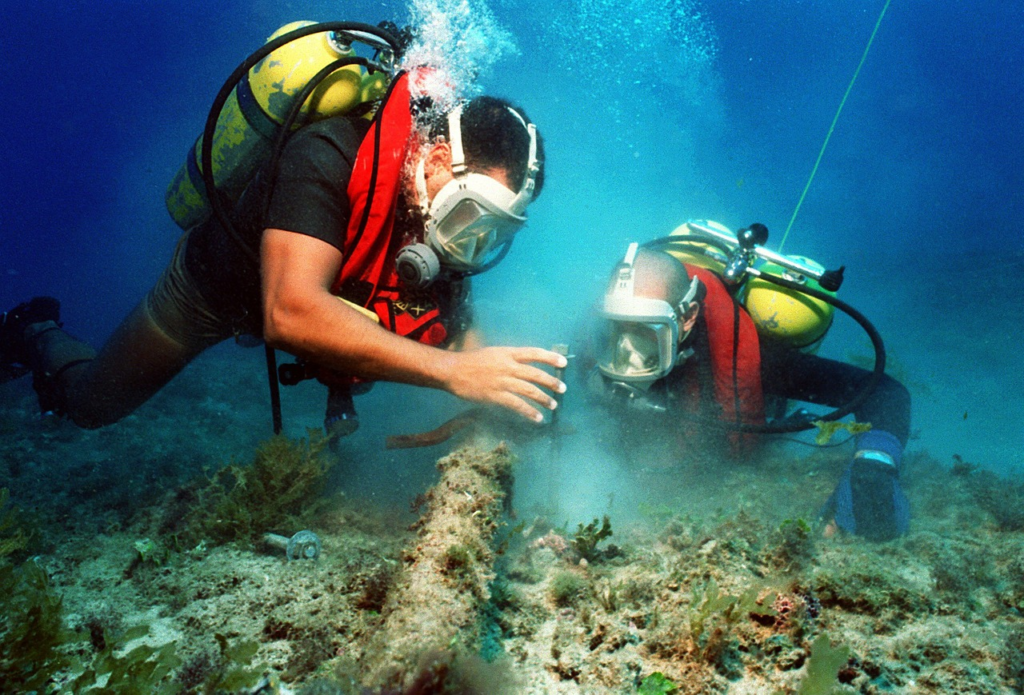
Needpix
Divers armed with gloves and nets have been manually removing Crown-of-Thorns starfish from coral reefs in overrun areas. While effective on a small scale, this labor-intensive method is not a long-term solution. It highlights the urgency of finding better ways to manage starfish populations without disrupting marine ecosystems. Manual removal efforts often involve local communities and volunteers, fostering awareness about the issue. However, these efforts can only cover limited areas and require ongoing attention to prevent new outbreaks. Combining manual removal with other strategies, such as improving water quality and restoring predator populations, offers a more sustainable approach. Manual efforts also provide valuable data for researchers, helping them understand outbreak patterns and develop more comprehensive solutions.
7. Robots to the Rescue
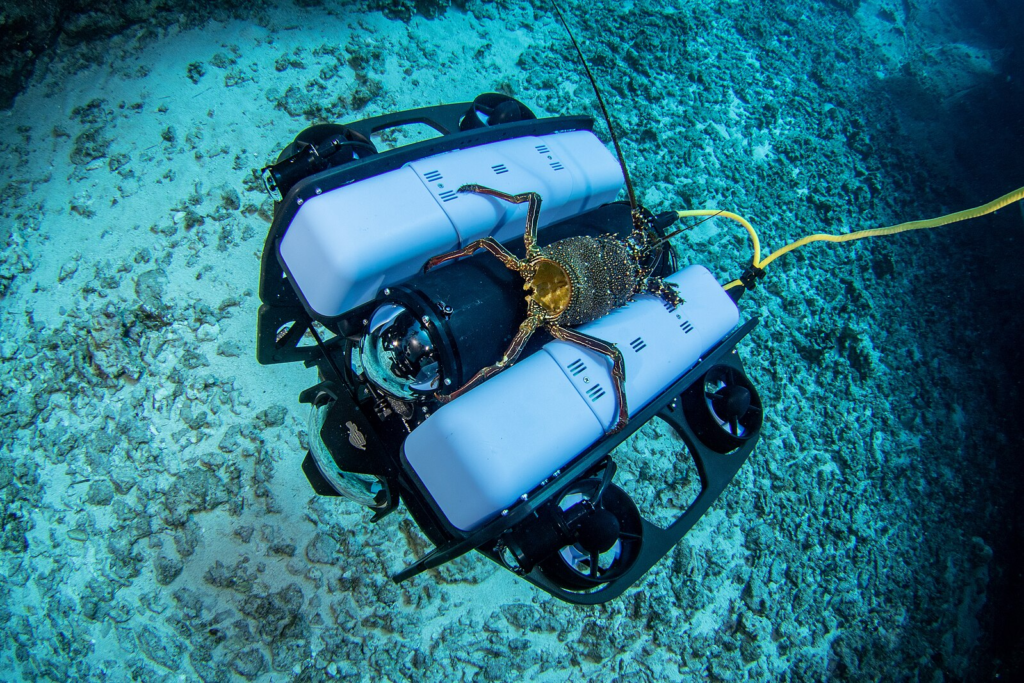
Wikimedia Commons
Technology is stepping in where human hands fall short. Autonomous underwater robots, like Australia’s “RangerBot,” have been deployed to identify and inject Crown-of-Thorns starfish with a fatal solution, effectively curbing their numbers without harming the surrounding marine life. This innovative approach shows how science and technology can save ecosystems in surprising ways. Robots like RangerBot are equipped with advanced imaging systems to detect and target starfish with precision, making them highly effective in outbreak areas. These technologies also reduce the risks associated with manual removal, such as diver fatigue or accidental injuries. By integrating robotics into conservation efforts, we can scale up interventions and protect larger reef areas. The success of these technologies demonstrates the potential for innovation to address complex environmental challenges.
8. Community-Led Conservation
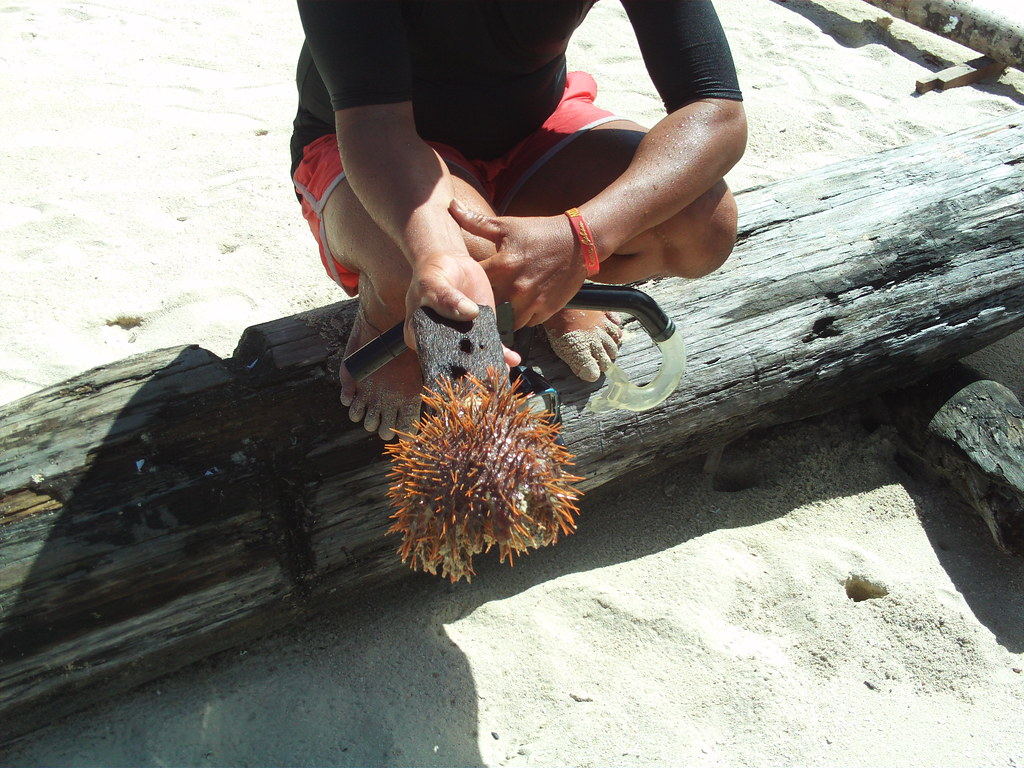
Flickr
Local communities, particularly those reliant on coral reefs for their livelihoods, are becoming central to conservation efforts. By involving them in monitoring and controlling Crown-of-Thorns populations, these initiatives create vested interest and a sense of ownership, ensuring long-term commitment to saving both the reefs and the starfish. Community-led programs often include training locals to identify outbreaks, manage manual removal efforts, and participate in water quality improvement projects. These initiatives also provide economic benefits, as healthy reefs support fishing, tourism, and other industries. Empowering communities to take an active role in conservation fosters a deeper connection to the ecosystems they depend on. Partnerships between local communities, scientists, and policymakers are key to creating lasting solutions that benefit both people and marine life.
9. Coral Gardening: An Unlikely Ally
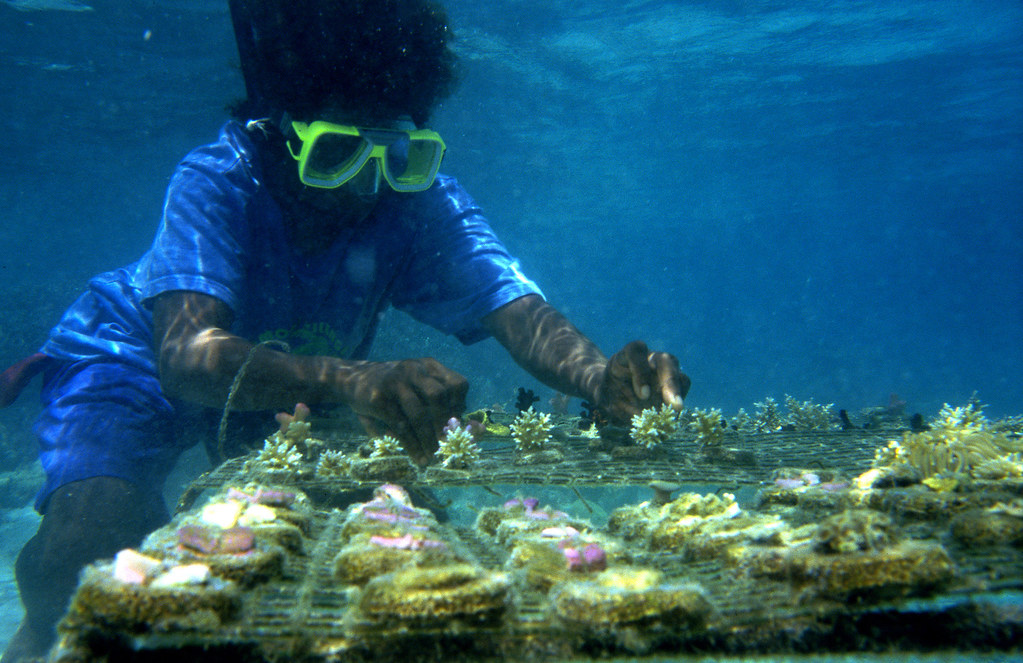
Flickr
Efforts to rebuild damaged coral reefs, known as coral gardening, have an indirect impact on Crown-of-Thorns populations. Healthy, diverse reefs are less susceptible to starfish outbreaks, creating a win-win scenario for marine conservation. These efforts also underscore how interconnected the fate of coral and starfish truly is. Coral gardening involves planting and nurturing coral fragments to restore damaged reef areas, creating habitats for fish and other marine species. As these reefs recover, they become more resilient to environmental stressors, including starfish outbreaks. Coral gardening projects often involve local communities and volunteers, providing education and raising awareness about the importance of reef conservation. By supporting coral restoration, we contribute to a healthier marine environment where Crown-of-Thorns starfish and coral can coexist.
10. Tourism’s Role in Preservation
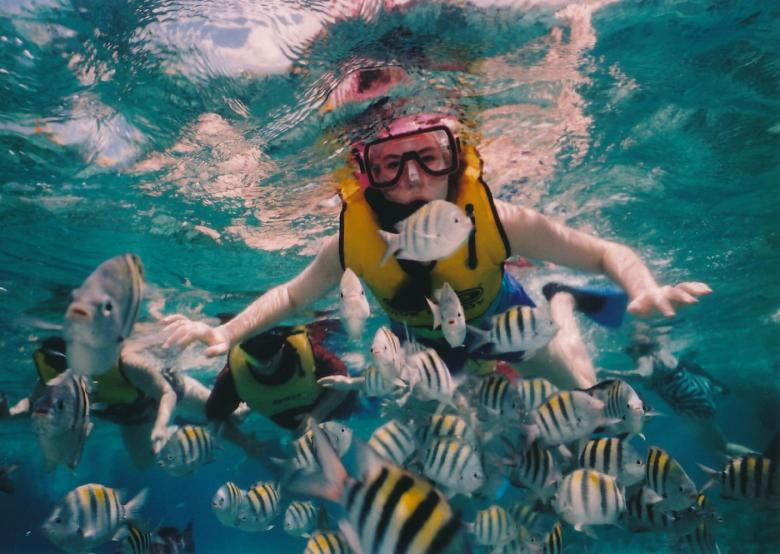
StockVault
Coral reefs are major attractions for snorkeling and diving tourism. By promoting eco-tourism, local governments can raise funds for conservation while educating visitors about the importance of balanced ecosystems. Tourists who understand the stakes are less likely to inadvertently harm reefs or their inhabitants. Eco-tourism initiatives often include guided tours, educational programs, and opportunities for visitors to participate in conservation activities. These experiences foster a sense of responsibility and encourage sustainable behaviors, both during and after their trips. Revenue generated from eco-tourism can fund research, restoration projects, and enforcement of marine protection policies. By aligning tourism with conservation goals, we can create a mutually beneficial relationship that supports both the environment and local economies.
11. Climate Change Complications
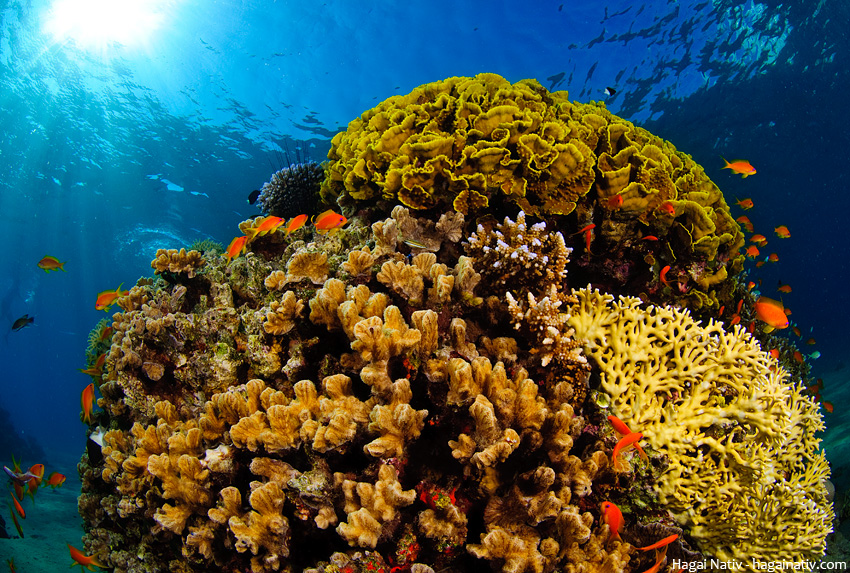
Wikimedia Commons
Warming oceans and shifting currents affect Crown-of-Thorns starfish and their coral prey in unpredictable ways. Climate change mitigation isn’t just about saving polar bears and glaciers—it’s about preserving entire ecosystems, including those under the sea. The future of starfish conservation depends on addressing these global challenges head-on. Rising sea temperatures can stress coral reefs, making them more vulnerable to COTS outbreaks and other threats. Efforts to reduce greenhouse gas emissions and promote renewable energy sources are critical for protecting marine ecosystems. Additionally, adaptive management strategies, such as identifying and protecting climate-resilient reefs, can help mitigate the impacts of climate change. By addressing climate change, we tackle one of the root causes of reef and starfish population imbalances.
12. Starfish in the Classroom

StockCake
Education is a powerful tool in conservation. Programs teaching students about the Crown-of-Thorns starfish and its role in coral reef health foster a generation that values biodiversity and understands its fragility. The more people know, the better equipped they’ll be to act as stewards of the sea. Classroom initiatives often include hands-on activities, such as reef monitoring and coral gardening projects, to engage students and deepen their understanding. These programs can also inspire future marine biologists, conservationists, and environmental advocates. By integrating marine conservation topics into school curricula, we create a foundation for long-term environmental stewardship. Educated communities are more likely to support and participate in conservation efforts, ensuring the survival of marine ecosystems for generations to come.
13. International Collaboration

PixaHive
Saving the world’s largest starfish requires more than localized efforts. Governments, NGOs, and researchers from different countries are working together to share strategies, fund research, and tackle the problem on a global scale. These partnerships are crucial for addressing widespread issues like pollution, overfishing, and climate change, all of which contribute to the starfish’s decline. By pooling resources and expertise, collaborative efforts can identify effective solutions that benefit not just marine ecosystems but also the communities that rely on them. International cooperation also fosters awareness, encouraging countries to adopt sustainable practices that protect biodiversity for future generations.
14. Innovative Predator Breeding Programs
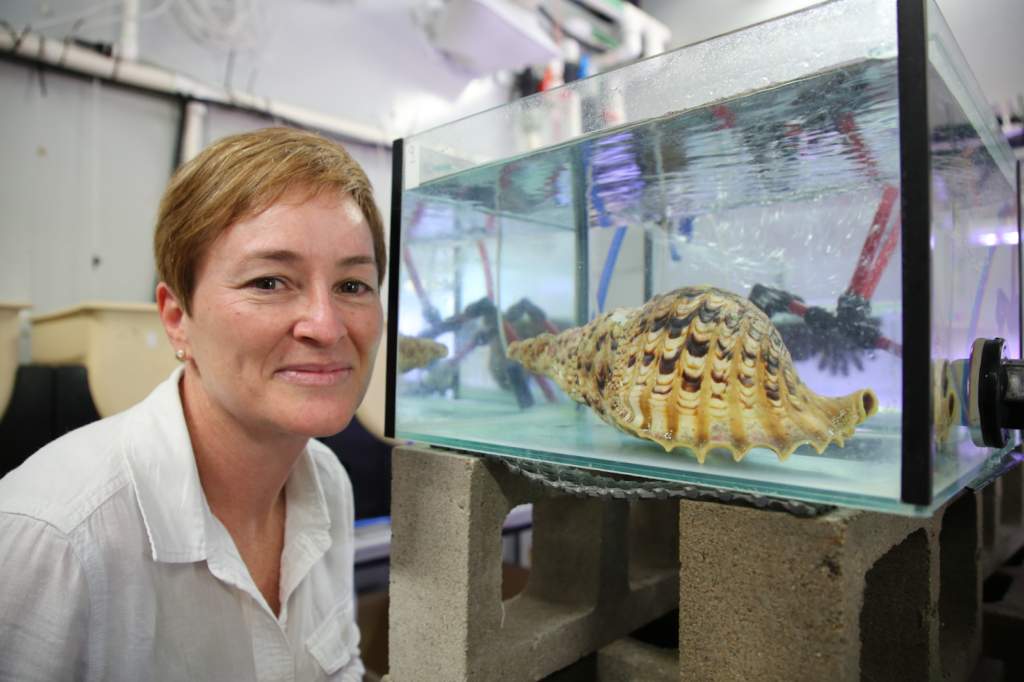
AIMS
To control Crown-of-Thorns starfish populations, conservationists have turned to breeding programs for their natural predators, such as the giant triton snail. By reintroducing these predators into reefs, the ecological balance can be restored without relying solely on manual removal or technology. Breeding programs involve raising predators in controlled environments and releasing them strategically into affected areas. These efforts not only help manage starfish outbreaks but also support the broader ecosystem by enhancing predator populations. This method emphasizes natural solutions, reducing the need for chemical or mechanical interventions. Collaborative breeding programs also bring together marine biologists, local communities, and government agencies, fostering innovative approaches to marine conservation. Over time, these initiatives could provide sustainable methods to protect coral reefs from COTS overpopulation.
15. Balancing Conservation with Local Economies

Pexels
Fishing and tourism often clash with conservation efforts, but finding common ground is essential for long-term success. Sustainable practices that allow communities to benefit economically while preserving Crown-of-Thorns starfish habitats can foster cooperation rather than conflict. This might include promoting eco-friendly fishing practices or creating marine protected areas that allow limited, sustainable activities. By involving local stakeholders in decision-making, conservation projects can gain wider acceptance and achieve greater impact. Balancing conservation with economic needs ensures that the solutions implemented are not only effective but also sustainable in the long run. Engaging communities in these efforts can create a shared sense of responsibility for the health of marine ecosystems.
16. Public Campaigns and Advocacy

Pexels
Raising awareness about the Crown-of-Thorns starfish and their impact on coral reefs can inspire global action. Public campaigns highlighting the beauty and fragility of coral ecosystems, alongside the importance of these starfish, can shift perceptions and drive support for conservation. Advocacy efforts often include social media campaigns, documentaries, and community events designed to educate and engage people. By making the issue relatable and accessible, these campaigns encourage individuals to take action, whether through donations, volunteerism, or lifestyle changes that reduce environmental impact. Public advocacy also pressures policymakers to implement and fund effective conservation measures. When people understand the stakes, they’re more likely to support and participate in efforts to protect marine ecosystems.
17. Genetic Research for Long-Term Solutions

FMT
Scientists are delving into the genetics of Crown-of-Thorns starfish to better understand their biology and identify potential ways to manage their populations. By studying their DNA, researchers hope to develop innovative approaches, such as targeted biological controls, to prevent outbreaks without harming other marine life. Genetic research also provides insights into the starfish’s resilience and adaptability, which can inform broader conservation strategies. For instance, understanding how COTS respond to environmental stressors like climate change could help predict and mitigate future outbreaks. These cutting-edge studies highlight the role of science in solving complex ecological problems. As research progresses, it may unlock new, sustainable ways to balance the delicate relationship between Crown-of-Thorns starfish and coral reefs.
18. A Future for Starfish and Coral Reefs
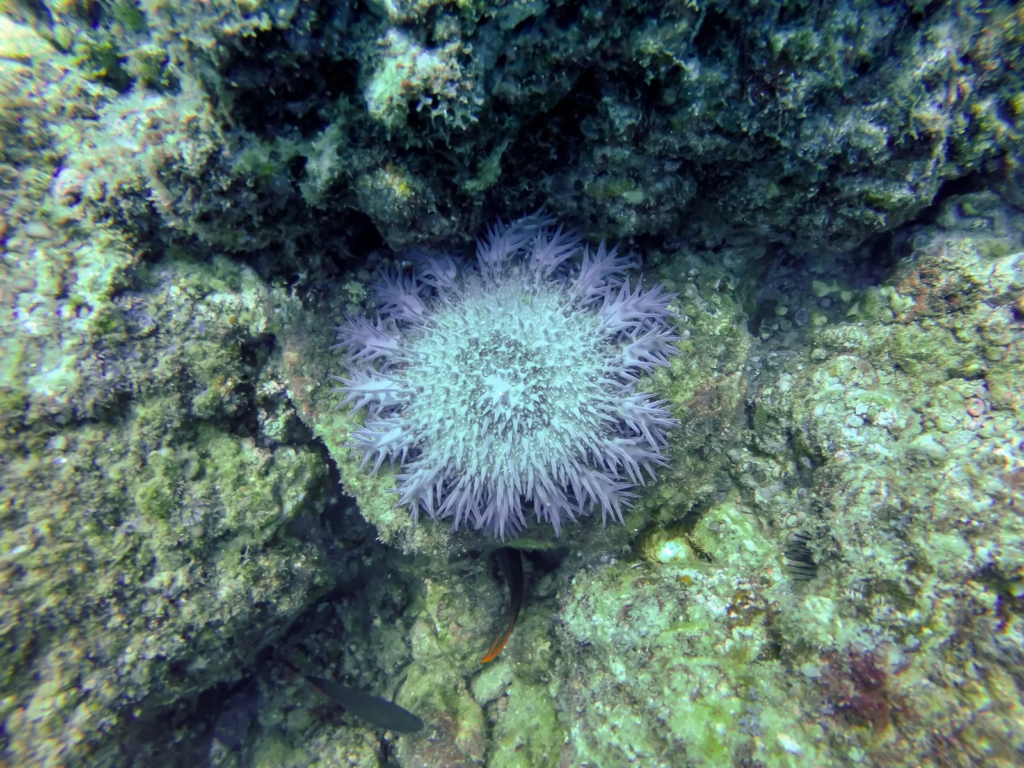
Animalia
The Crown-of-Thorns starfish is both a marvel of nature and a challenge to conservationists. Its survival is intertwined with the health of coral reefs, creating a delicate balance that requires thoughtful management. By addressing pollution, climate change, and habitat loss, we can protect these starfish while safeguarding the ecosystems they inhabit. The future depends on a combination of science, community involvement, and global collaboration to ensure both starfish and coral reefs thrive. With ongoing efforts and innovative solutions, we can create a sustainable coexistence that benefits all marine life. Saving the world’s largest starfish is about more than preserving a single species—it’s about protecting an entire ecosystem for generations to come.


